In the world of sustainable and innovative housing, container homes have emerged as a shining star. These homes not only offer a unique and modern living space but also play a significant role in reducing construction waste. As someone who has been passionately following the container home trend for four years, I can confidently say that these steel giants have a lot to offer, both in terms of aesthetics and environmental benefits.
Containers: From Cargo to Comfort
Before we delve into the eco-friendly aspects of container homes, let’s take a moment to appreciate the transformation these steel containers undergo. Once used for shipping goods across oceans and continents, these containers now find themselves repurposed into cozy, stylish homes that have a lot more to offer than their industrial origins might suggest.
The Waste Problem in Traditional Construction

Traditional construction methods have long been associated with excessive waste generation. Think about it – the construction industry produces mountains of debris, from leftover materials to demolished structures. This waste typically ends up in landfills, contributing to environmental pollution and resource depletion.
On the flip side, container homes are a beacon of hope in the fight against construction waste. Let’s explore how they make a positive impact.
Repurposing and Recycling
Container homes are essentially a form of recycling on a grand scale. Instead of melting down or discarding old shipping containers, they are given a new lease on life. The transformation process involves cleaning, reinforcing, and modifying the containers to meet housing standards. This repurposing not only saves materials but also reduces the energy required for new construction.
Consider this: a single container can be used to create a living space. This means fewer materials are needed overall, resulting in less waste and reduced environmental impact. Container homes also promote the use of reclaimed and recycled materials for interior finishes, further reducing the demand for new resources.
Precise Construction
Traditional construction often involves a great deal of guesswork and material wastage due to inaccuracies and over-ordering. In contrast, container homes are built with precision. The containers themselves are designed for standardized cargo transport, so they come with precise dimensions that make it easier to plan and execute construction. This results in less material waste and cost savings.
Modular Construction
One of the fascinating aspects of container homes is their modular nature. Containers are like building blocks that can be stacked and joined to create larger living spaces. This modularity not only allows for flexibility in design but also reduces waste. It means that you can start with a small container home and expand it as your needs grow, without the need for extensive demolition and reconstruction.
Reduced Construction Time
Container homes are known for their shorter construction timelines compared to traditional homes. Faster construction means less disruption to the environment and fewer resources expended over time. This efficiency is not only beneficial for homeowners but also for the planet.
Eco-Friendly Insulation
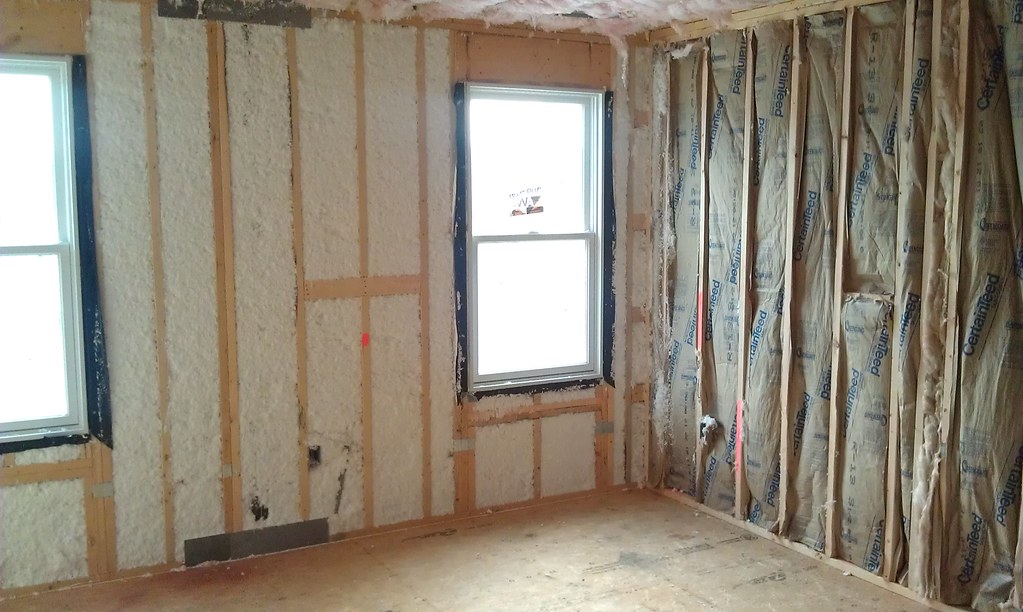
Container homes often employ eco-friendly insulation materials. Sustainable options like recycled denim, cork, and soy-based foam are frequently used to keep these homes cozy. This choice of insulation materials not only enhances the energy efficiency of container homes but also reduces the environmental impact associated with traditional insulation materials.
Embracing Sustainable Practices
Container home builders tend to be more inclined toward sustainable practices. The niche nature of this industry attracts individuals and companies with a passion for eco-friendly living. As a result, container homes often incorporate renewable energy sources such as solar panels and rainwater harvesting systems, further reducing their ecological footprint.
Conclusion
As a devoted container home enthusiast, I’ve seen firsthand how these steel giants are transforming the way we build and live. Their ability to reduce construction waste, promote recycling, and embrace sustainable practices is commendable. Container homes are not just dwellings; they are symbols of innovation, resourcefulness, and a greener future.
So, if you’re considering a new home or looking for ways to reduce your ecological footprint, don’t overlook the possibilities of container living. It’s a journey that combines style, sustainability, and a touch of adventure, all while making a positive impact on the planet we call home. Who said living in a steel box couldn’t be the coolest thing you’ve ever done?











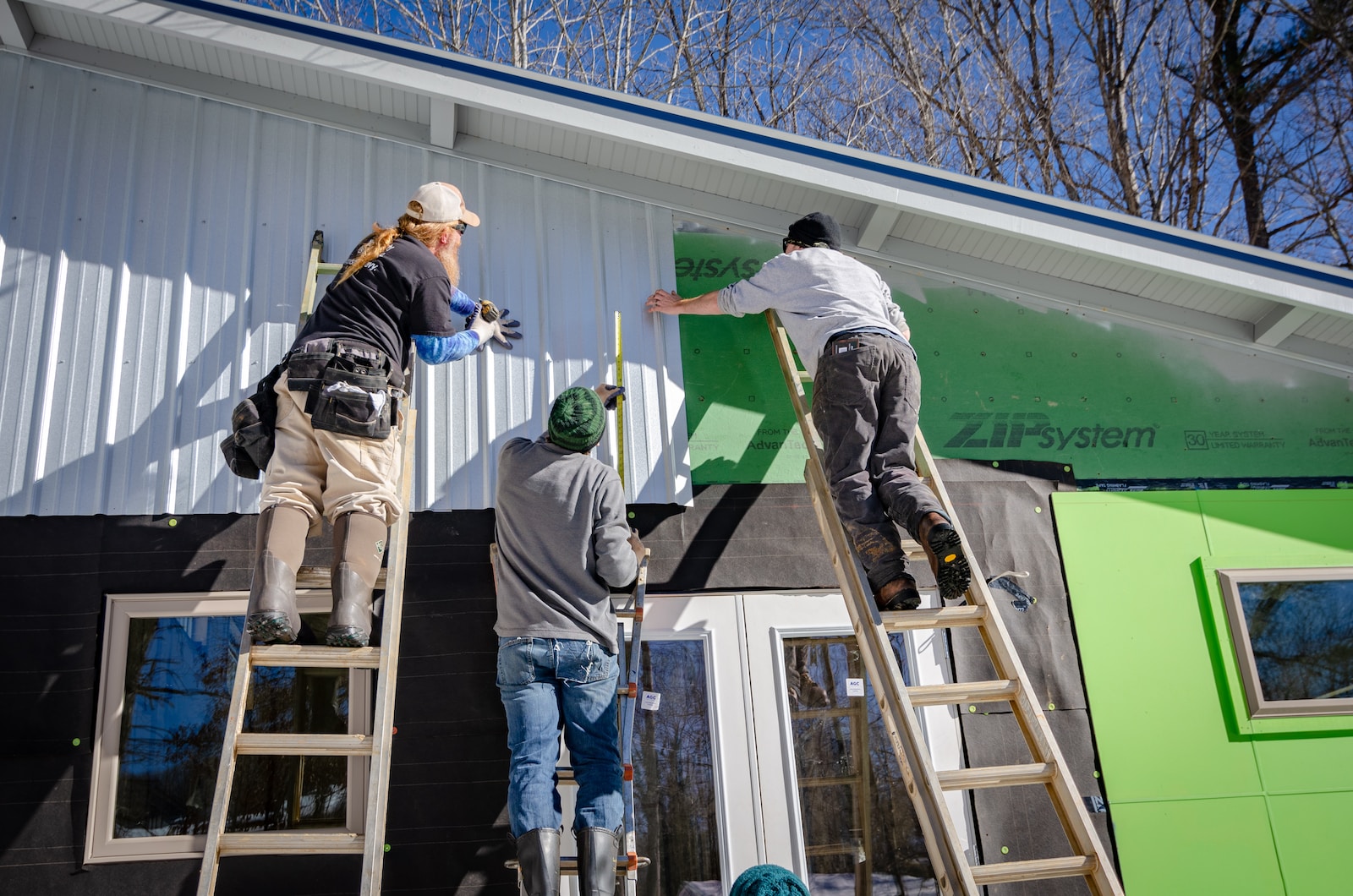
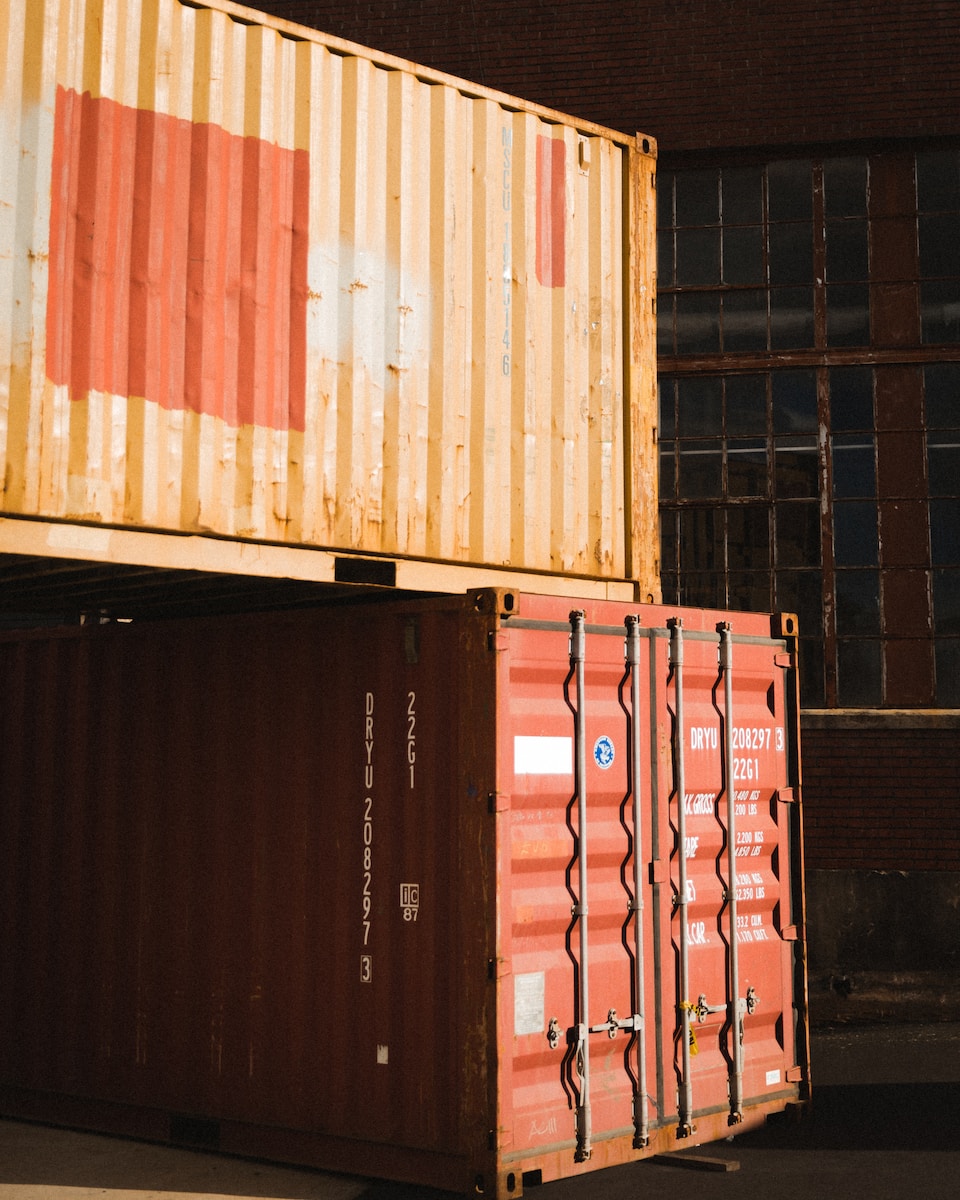





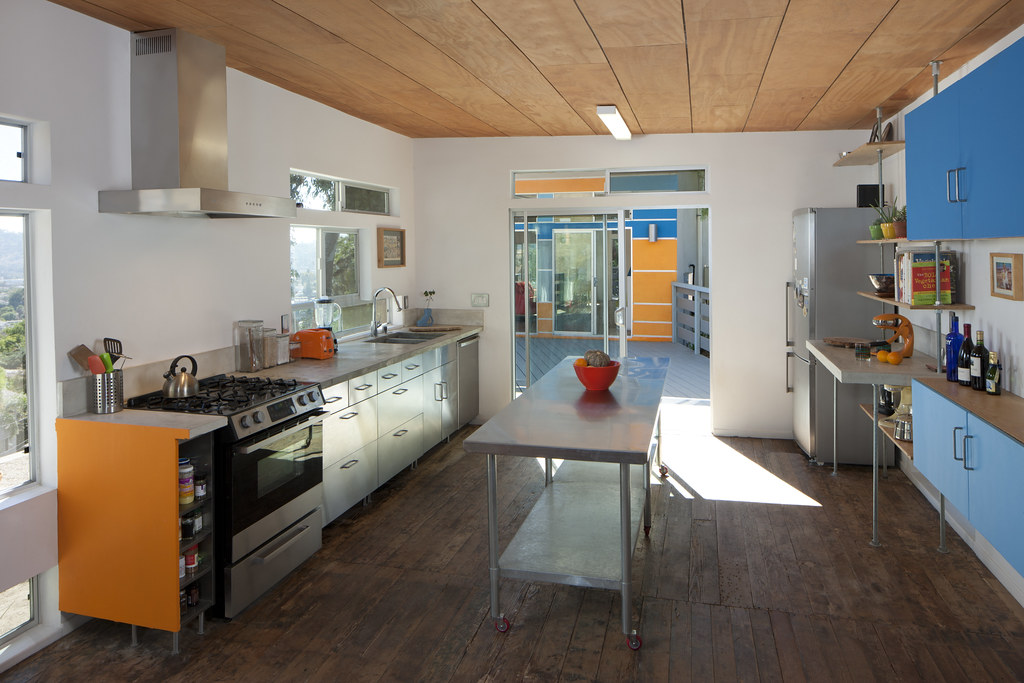
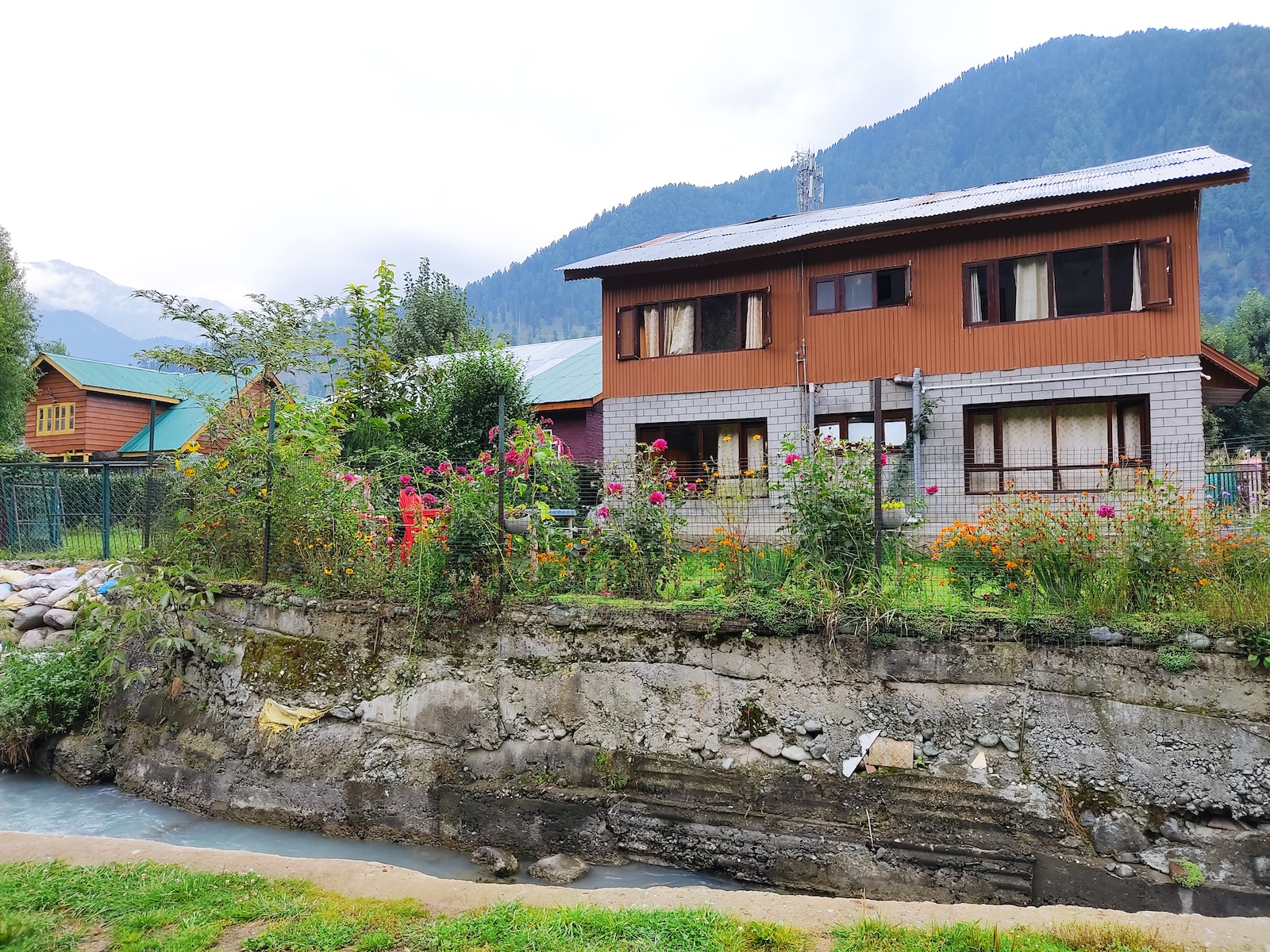
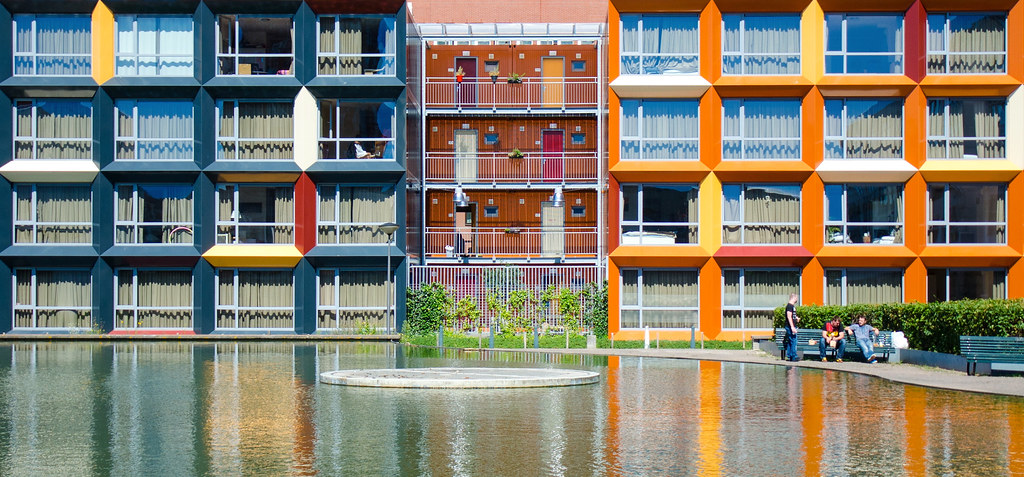
Find Us on Socials